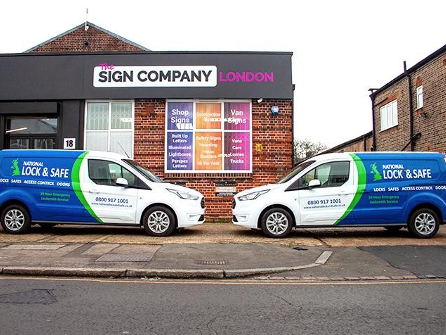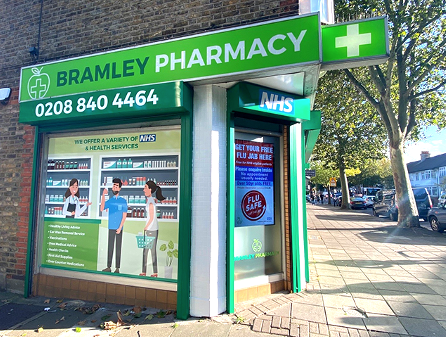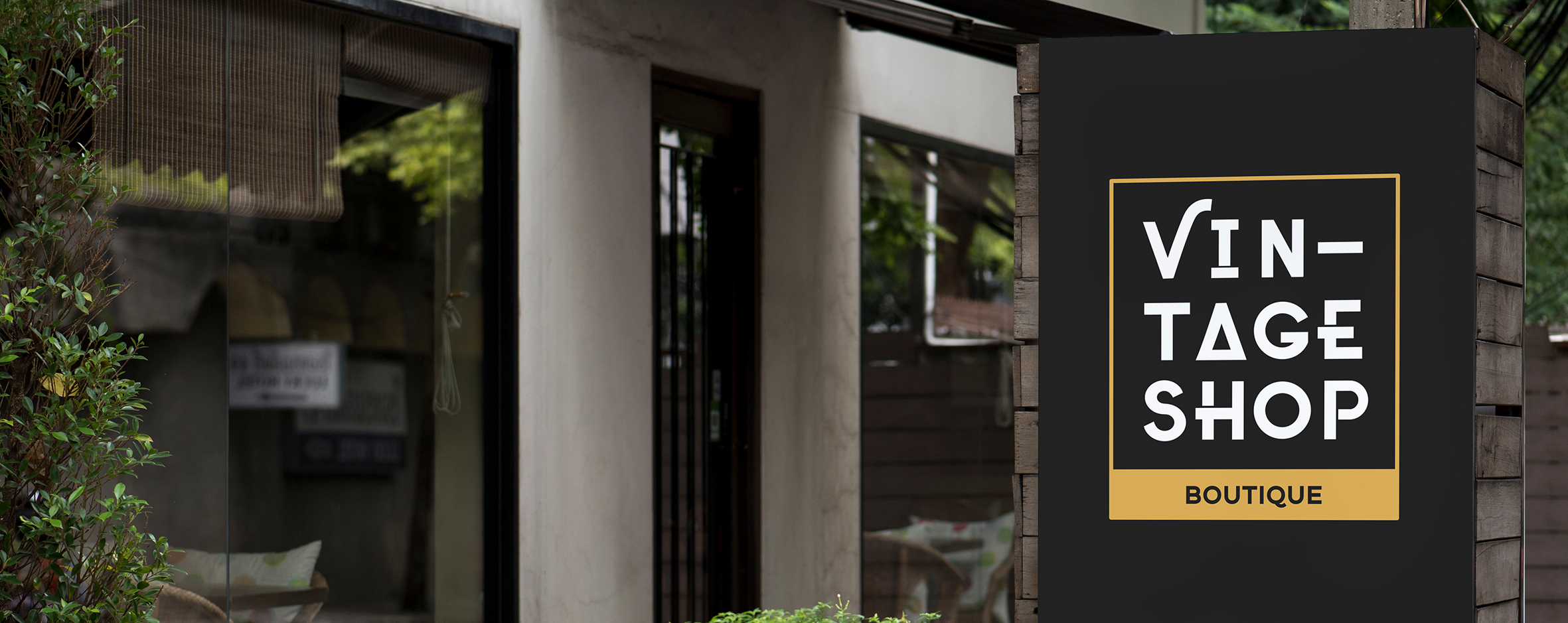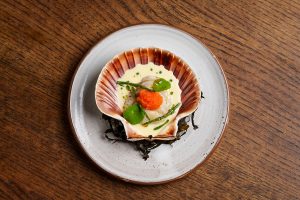What is the Best Material for Outdoor Signs?
Outdoors, where elements converge and seasons change, signage battles both time and nature. So, choosing the right material for your outdoor signs is akin to picking the right armour for a knight; it defines how long and how well they’ll stand. From retail stores wanting to attract passersby with flashy hoarding signage to real estate agents showcasing properties with estate boards, the material matters.

1. Aluminium and Alumalite
- Durability: Aluminium is renowned for its long-lasting nature, especially its resistance to rust. It can withstand various weather conditions, ensuring that the sign remains untarnished for years.
- Appearance: With a sleek and modern look, aluminium presents a professional image, which is why it’s a popular choice for businesses, especially in corporate settings.
- Weight: Both Aluminum and Alumalite are lightweight, making them easier to install and manoeuvre as needed.
- Applications: Given its sturdy nature, aluminium is perfect for parking signs, directional signage in corporate environments, and realty signs where longevity is crucial.
2. Corrugated Plastic (Coroplast)
- Durability: While Coroplast might not be as enduring as metal, it’s incredibly resistant to water and most weather conditions, making it suitable for temporary outdoor use.
- Appearance: It offers a matte finish, which can effectively reduce glare. The printed graphics on Coroplast are usually vibrant and attention-grabbing.
- Weight: Extremely lightweight, it’s easy to transport and set up.
- Applications: Perfect for temporary event signs, yard signs, political campaign signage for outdoor stalls or events.
3. PVC (Polyvinyl Chloride)
- Durability: PVC is tough against the elements. It’s resistant to most wear and tear, and with proper care, can last for years outdoors.
- Appearance: It provides a smooth surface, ensuring that printed graphics appear sharp and clear.
- Weight: Heavier than Coroplast but lighter than wood or metal, making it versatile for both indoor and outdoor applications.
- Applications: Best suited for menu boards, trade shows, and directional signage, especially in business environments.
4. Acrylic
- Durability: Acrylic is resilient against many weather conditions when properly treated. However, it’s essential to note that without proper treatment, it can scratch or yellow over time.
- Appearance: It boasts a high-gloss finish, which can lend a premium, almost glass-like look to the signage. This makes the colours pop and gives the sign a polished appearance.
- Weight: While it’s lightweight, its premium feel can make it seem weightier than it is.
- Applications: Due to its premium look, it’s often used for business names and logos on the exteriors of corporate or upscale environments.
5. Vinyl
- Durability: Vinyl is built to last. Its durability against elements like rain and prolonged exposure to sunlight makes it an excellent choice for outdoor settings.
- Appearance: With its ability to adhere to various surfaces, vinyl is versatile in appearance. It can produce vibrant colours and intricate designs, ensuring the sign grabs attention.
- Weight: Being a thin material, vinyl is incredibly lightweight.
- Applications: From vehicle wraps tographics and banners, vinyl is adaptable. It’s also commonly used for promotional banners or advertisements outside stores or during events.
Want to enquire about customised window graphic that can be installed outside of your storefront or in the office? Get a free quote from Sign Company London today!

6. Wood
- Durability: Wood, especially treated varieties like redwood and cedar, can stand the test of time. However, they do require regular maintenance to prevent rotting and warping.
- Appearance: Wooden signs exude a classic, rustic charm. Their natural grain can add texture and depth to any design, making them perfect for businesses aiming for a traditional or artisanal feel.
- Weight: Depending on the type of wood chosen, these signs can be pretty heavy, which can affect mounting or installation.
- Applications: Often used for historic landmarks, farm signs, quaint bed & breakfast establishments, or any business aiming for a nostalgic feel.
7. HDU (High-Density Urethane)
- Durability: HDU is resistant to rot and termites, making it a superb alternative to wood for outdoor signs. Its durability means it can withstand various weather conditions without deteriorating.
- Appearance: HDU can be crafted to mimic the appearance of wood, offering the aesthetic appeal without the associated drawbacks. It provides a smooth surface, ensuring crisp and clear graphic representation.
- Weight: HDU is lightweight, especially when compared to wood, making it easier to transport and install.
- Applications: Perfect for businesses that want the traditional look of wood without the maintenance. Commonly used in business parks, upscale residential areas, and main street businesses.
8. Fabric and Canvas
- Durability: Fabric signs, when made from high-quality materials and treated for outdoor use, can be surprisingly durable. However, they are not as long-lasting as some other materials.
- Appearance: They offer a unique texture and appearance. When printed, the colours can be vibrant, giving a softer and more organic feel.
- Weight: Extremely lightweight, which makes them easy to transport, install, or replace.
- Applications: Commonly used for flags, banners, or temporary signs at festivals, trade shows, and events.
9. Magnetic Signs
- Durability: Made from high-strength magnets and typically coated with a durable vinyl layer, these signs can resist the elements, but they are not intended for permanent signage solutions.
- Appearance: They can be printed with a variety of colours and designs, providing flexibility in branding and messaging.
- Weight: Relatively lightweight, considering their strength and hold.
- Applications: Primarily used for temporary vehicle branding, such as on delivery trucks, personal cars, or any other metal surface.
10. Neon
- Durability: While neon signs are durable, they are also fragile due to the glass tubing. They can last for years if handled with care and properly maintained.
- Appearance: Neon offers a bright, luminous glow, often associated with retro or vintage aesthetics. The colours are vivid, and the signs can be seen even in the dark.
- Weight: These can be relatively heavy, especially for larger designs.
- Applications: Widely used for nightlife establishments like bars and clubs, diners, or any business aiming for a retro ambience.
Whether you’re contemplating the glossy allure of graphics or the timeless charm of wood, Sign Company London, the leadingsign manufacturer will guide you, ensuring your sign stands tall, come rain or shine.
Author Bio
Nimesh Kerai
Nimesh Kerai serves as the Printing Head at the Sign Company in London. Utilising his technical aptitude and the trait of keeping up with the latest technological advancements, he has been able to deliver top-notch quality prints and signage to customers consistently. This has cemented the Sign Company as one of the most sought-after signage companies in London. He consistently shares his insights with the masses by means of useful and intriguing blogs.





